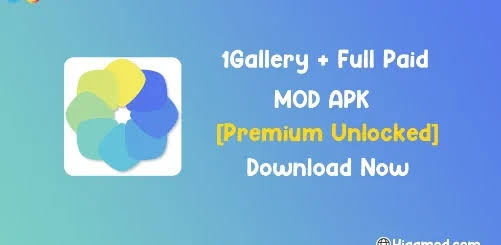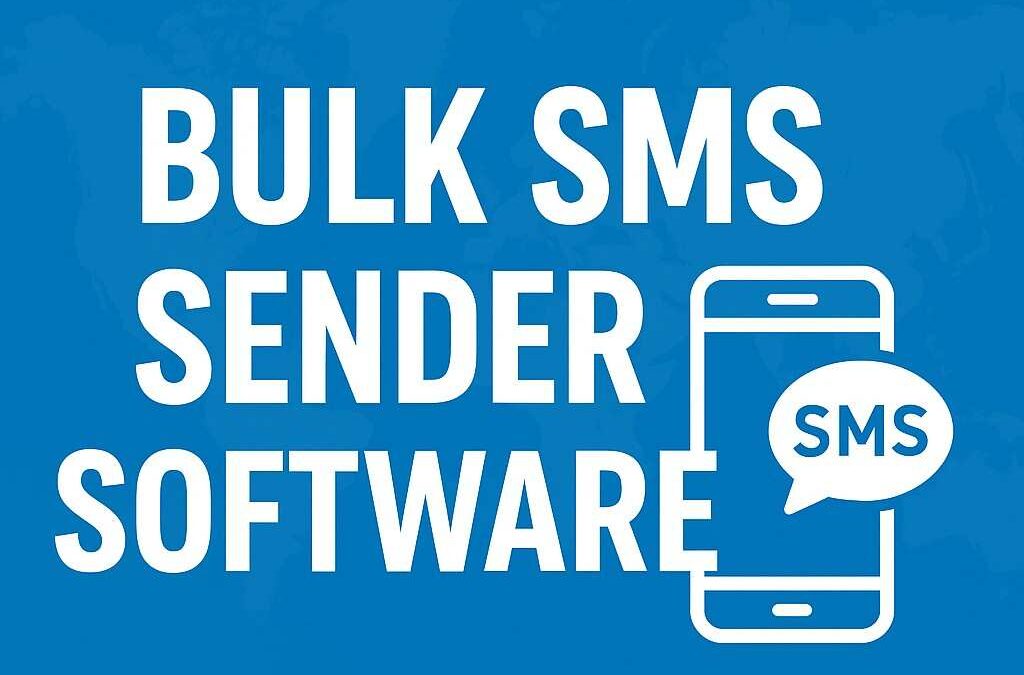Introduction
Business cards have long been an essential tool for professionals to share their contact information. Traditionally, these were made of paper, containing names, phone numbers, and addresses. However, as technology advanced, so did the way people connect. This evolution gave birth to digital business cards, a modern alternative to the physical versions. But when did this shift begin?
The concept of digital business cards has existed for quite some time, gradually evolving with technological advancements. While it may seem like a recent innovation due to the rise of mobile applications, the foundation for digital networking began decades ago. Understanding the history of digital business cards requires a look into the transformation of business networking and the technological milestones that made them possible.
The Evolution of Business Cards
Business cards have been in use for centuries, dating back to the 17th century in Europe, where they were used as a form of introduction among the elite. As trade and commerce expanded, they became an essential tool for professionals and businesses to exchange contact details. Over time, business cards evolved in design, incorporating logos, colors, and unique layouts to make lasting impressions.
With the rise of the internet, email, and mobile devices, traditional business cards started facing limitations. People needed a more efficient and sustainable way to share and store contact information, leading to the exploration of digital alternatives.
The Early Days of Digital Business Cards
The idea of digital business cards started taking shape in the late 20th century when computers became a common part of business operations. As email communication grew, professionals began including their contact details in digital signatures, a form of virtual business card.
In the early 2000s, companies experimented with electronic business cards, often in the form of vCards. A vCard (Virtual Contact File) is a standardized file format used to store and share contact information electronically. These files could be attached to emails or downloaded onto mobile devices, eliminating the need for physical cards. However, at this stage, digital business cards had not yet gained widespread adoption due to limited technological support and user familiarity.
The Rise of Smartphones and Digital Networking
The introduction of smartphones revolutionized the way people interacted, making digital business cards more practical. With the launch of the iPhone in 2007 and the rapid advancement of Android devices, mobile applications began transforming industries, including networking and contact sharing.
During this period, QR codes also became popular. These scannable codes allowed professionals to store contact details in digital formats, enabling quick sharing with a simple scan. The growing reliance on social media platforms such as LinkedIn further supported the transition to digital networking, as professionals could connect online instead of exchanging paper cards.
The emergence of cloud storage and mobile apps in the 2010s marked a turning point for digital business cards. Several startups began developing apps that allowed users to create, share, and manage digital business cards effortlessly. These applications made it easier to update contact details, personalize information, and integrate with existing digital tools.
Modern Digital Business Cards
Today, digital business cards have become an integral part of professional networking. They offer several advantages over traditional cards, including sustainability, ease of access, and real-time updates. Unlike paper cards that can be misplaced or become outdated, digital versions remain accessible through cloud-based storage and mobile applications.
Several companies now offer dedicated platforms for digital business cards, enabling professionals to create interactive profiles with clickable links, multimedia content, and direct integration with CRM systems. Features such as NFC (Near Field Communication) technology have further simplified the exchange process, allowing individuals to share their details instantly by tapping their smartphones.
As remote work and virtual meetings continue to rise, digital business cards have become even more relevant. Professionals attending webinars, online conferences, and virtual networking events rely on these digital tools to establish connections without the need for physical interactions.
The Future of Digital Business Cards
With the rapid advancement of technology, digital business cards are expected to become even more sophisticated. The integration of artificial intelligence, blockchain security, and augmented reality could enhance their functionality, making networking more interactive and secure.
Artificial intelligence could enable smart recommendations for contacts based on professional interests and industry relevance, while blockchain technology could enhance data security and prevent unauthorized modifications. Augmented reality features may allow professionals to share virtual business cards through immersive experiences, adding a new dimension to networking.
As businesses and individuals continue to prioritize convenience, efficiency, and sustainability, digital business cards will likely replace traditional methods entirely in the coming years. Companies may adopt standardized digital networking solutions, eliminating the need for physical cards altogether.
Conclusion
The concept of digital business cards has been around for decades, evolving alongside technological advancements. From early email signatures and vCards to modern mobile applications and NFC-enabled cards, the journey has been shaped by innovation and the need for efficiency.
As the world moves towards a more digital and interconnected environment, digital business cards will continue to grow in popularity, offering professionals a smarter and more sustainable way to network. While traditional business cards still hold cultural and aesthetic value, the convenience of digital solutions makes them the future of professional connections.







0 Comments